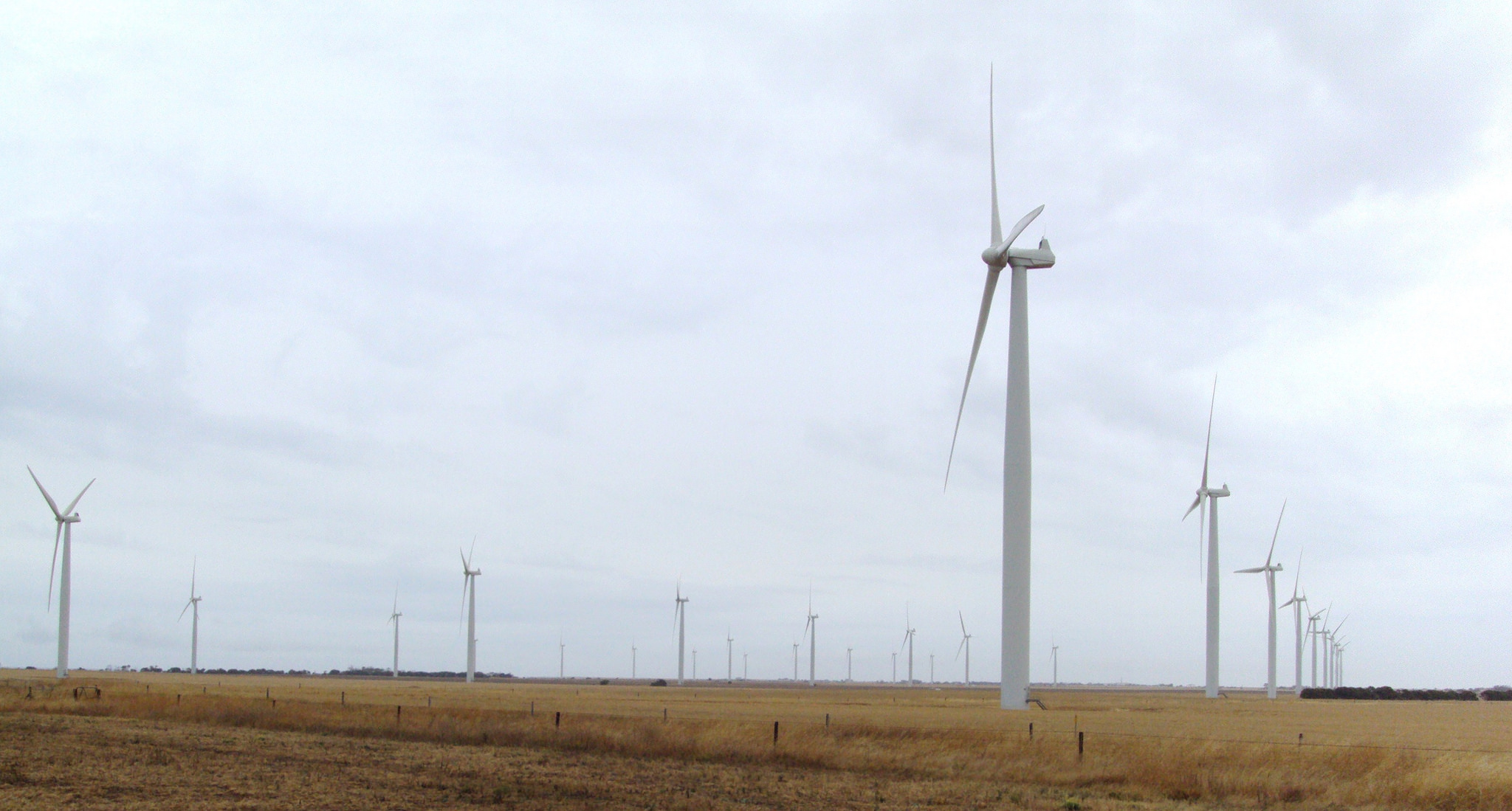
A grid-forming project in South Australia combining power electronics and battery storage to integrate wind and solar at a site near the end of a 120km 33kV transmission line is being replicated worldwide, the Head of Grid Edge Solutions at Hitachi ABB Power Grids has said.
Described as Australia’s first virtual synchronous generator by the Australian Renewable Energy Agency (ARENA), the Energy Storage for Commercial Renewable Integration (ESCRI) project was commissioned in 2018 at a substation in Dalrymple, on South Australia’s Yorke Peninsula.
Enjoy 12 months of exclusive analysis
- Regular insight and analysis of the industry’s biggest developments
- In-depth interviews with the industry’s leading figures
- Annual digital subscription to the PV Tech Power journal
- Discounts on Solar Media’s portfolio of events, in-person and virtual
ARENA helped fund the AU$30 million project, which examines the role of battery energy storage systems (BESS) in helping the local region to manage growing shares of renewables. A study picked out the site based on South Australia’s status as one of the regions of the world with the highest proportions of wind and solar in its energy mix.
Hitachi ABB Power Grids delivered the project’s technical solution. This included 30MW / 8MWh of battery storage controlled by the company’s e-mesh automation and control software and inverter hardware, for transmission network owner ElectraNet, with the aim of both increasing the reliability of the area’s electricity supply and proving the business case for energy storage through providing revenue-generating services.
Maxine Ghavi, head of Grid Edge Solutions at Hitachi ABB Power Grids told Energy-Storage.news in an interview that the ESCRI project not only provides the solution to integrating the output of a 91MW wind farm and several megawatts of rooftop solar in the area by providing inertia and voltage support, but also “demonstrates the capability to do value stacking, reduce the number of outages and, of course, reduce cost”.
Referring to the wider market as well as to the ECRI project, Maxine Ghavi said that “it’s exciting that energy storage is being recognised as an asset that can participate in the market, because we can leverage more of that in the analysis that we do for our customers”.
In terms of value stacking i.e. performing multiple applications for multiple revenue streams, Ghavi said that the project also proved it was possible for the Dalrymple battery storage project to provide competitive market services like frequency control ancillary services (FCAS) for local utility AGL as well as services for transmission operator ElectraNet.
Managing renewables more effectively
Maxine Ghavi pointed out that many of the first “large communities that were wanting to become sustainable with renewables and wanted to have reliable power, were from Australia,” and many of these communities are similarly at the end of their operator’s transmission lines.
“They’ve also had some challenges with the bushfires and recently with some of the weather-related instances they’ve had. All of that has shown that you really need to manage your renewables that you’re deploying, especially wind, that you really need to be able to manage this more effectively,” Ghavi said.
“So that the stability of your grid is not compromised.”
Hitachi ABB Power Grids battery unit, branded Power Store, has a Virtual Generator Mode function, which essentially mimics the way that thermal power plants act as synchronous generators, providing inertia to the electricity system that forms a stable grid.
The project cut down power outages in the area by 95% over its first 18 months of operation, and reduced the need for wind output to be curtailed from going to the grid. If required, the local network can also be islanded from the main grid and when not islanded, the project feeds power back along 100km of radial lines.
From microgrids that got bigger and bigger to communities that were grid-connected but on the outer reaches of transmission lines, it became clear to technology providers that projects in grid-connected scenarios could also learn a lot from these ‘grid edge’ projects.
“It’s a grid connected site. Now you will see more and more of that also being replicated. It’s not an exact replica yet everywhere, but we see that when you do an application like ESCRI for Electranet in Australia, we’re starting to see that now replicating in other parts of the world,” Hitachi ABB Grids’ Ghavi said.
“That includes the commercial and industrial (C&I) side where you’re trying to participate in the market.”
You can actually watch live data of the project in action at the ESCRI website, hosted by ElectraNet.






